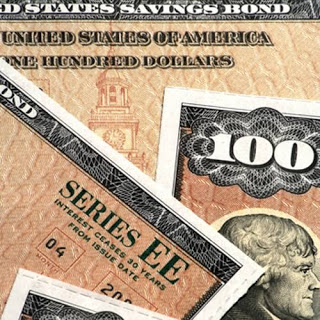US Treasuries last week suffered their biggest two-day sell-off since the collapse of Lehman Brothers in September 2008. The borrowing costs of the government of the world’s largest economy have now risen by a quarter over the past four weeks.
Liam Halligan
Telegraph
Such a sharp rise in US benchmark market interest rates matters a lot – and it matters way beyond America. The US government is now servicing $13.8 trillion (£8.7 trilion) in declared liabilities – making it, by a long way, the world’s largest debtor. Around $414bn of US taxpayers’ money went on sovereign interest payments last year – around 4.5 times the budget of America’s Department of Education.
Debt service costs have reached such astronomical levels even though, over the past year and more, yields have been kept historically and artificially low by “quantitative easing (QE)” – in other words, Federal Reserve Chairman Ben Bernanke’s virtual printing press. Now borrowing costs are 28pc higher than a month ago, with the 10-year Treasury yield reaching 3.33pc last week, an already eye-watering debt service burden can only go up.
Few on this side of the Atlantic should feel smug. The eurozone’s ongoing sovereign debt debacle has pushed up Germany’s borrowing costs by 27pc over the last month – to 3.03pc. The market has judged that if Europe’s Teutonic powerhouse wants the single currency to survive, it will ultimately need to raise wads of cash to absorb the mess caused by other member states’ fiscal incontinence.
While the UK isn’t ensnared in monetary union, gilt yields have also spiralled 18pc since the start of November – to 3.55pc. British Government debt is officially £1.05 trillion. We are fast approaching a debt-to-GDP ratio of 100pc, compared to 30pc just a decade ago. If you add off-balance-sheet liabilities to Government estimates, including the bank bail-outs which disgracefully remain “off the books”, the UK already owes more than an entire year’s national income. In the medium-term, this is surely incompatible with a Triple AAA credit rating.
Even with gilt yields ultra-low, courtesy of British QE, the UK is still spending £42bn a year servicing sovereign debt – up 50pc since 2008. The Coalition is talking tough about reining-in the annual budget deficit, but our burgeoning debt stock means interest payments are anyway set to reach £70bn – twice the defence budget – by 2015. And those numbers rest on low gilt-yield assumptions that will be blown out of the water if this recent bond market implosion is the start of a trend.
RELATED ARTICLES:
10 Reasons to shun stocks until banks crash
5 Signs the End is Near for the Criminal Banks


Be the first to comment on "Market alarm as US fails to control biggest debt in history"